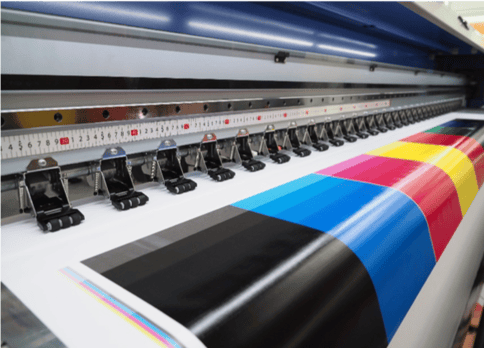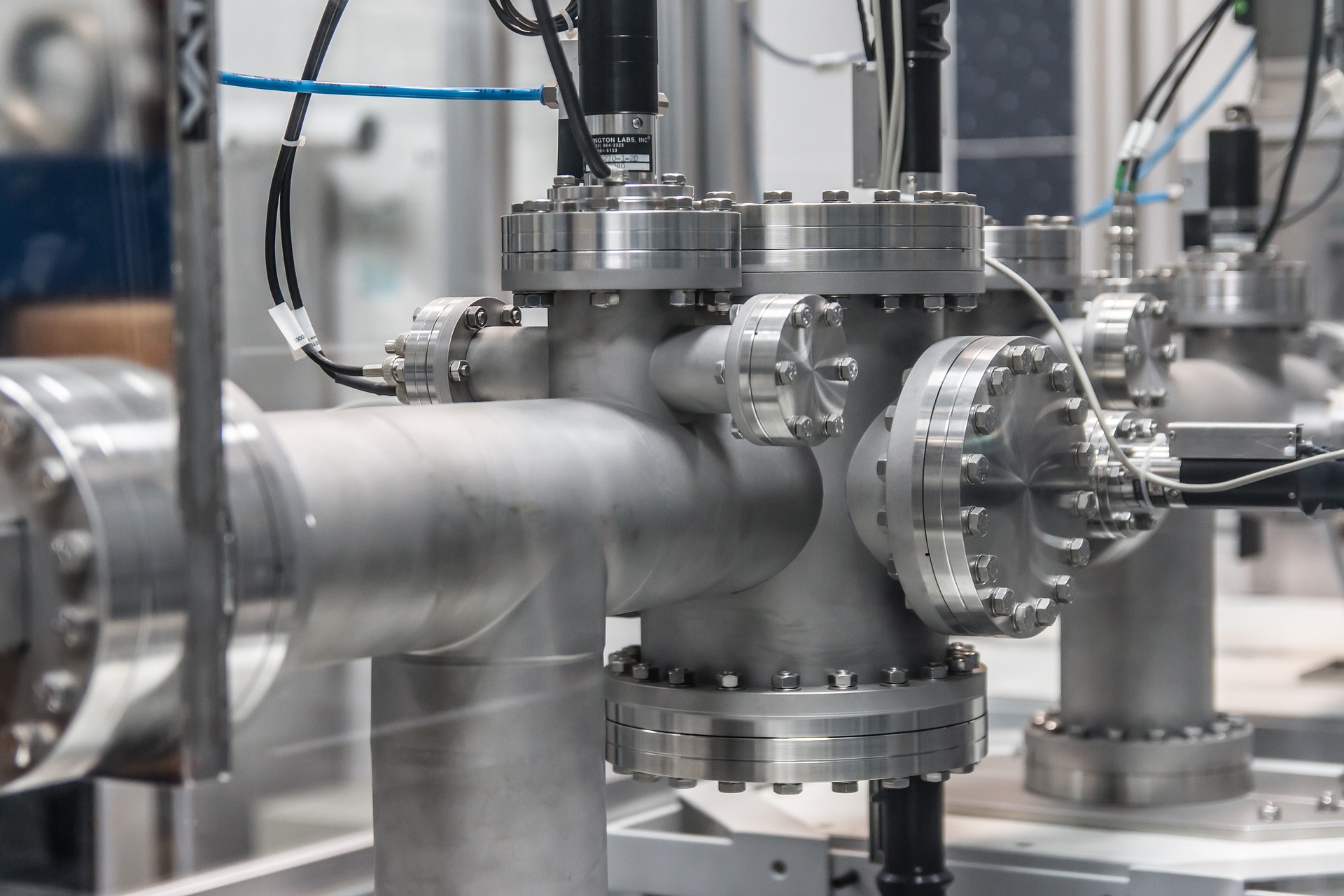The Key Challenges for Filtration in Digital Ink Manufacture.
Many customers use cartridge filters to remove contaminants that reduce digital ink printing’s operational efficiency while maintaining ink colour and concentration. It’s a simple enough task in theory, but let's answer some of the more complex questions underpinning that goal.
What contaminants do process cartridge filters remove from digital inks?
Process cartridge filters are designed to remove the following contaminants from digital inks, ensuring smooth ink flow and clear prints:
- Particulate matter: These tiny solid or liquid particles can be present in inks and clog printheads, leading to poor print quality. Process cartridge filters remove these particles, ensuring smooth ink flow and clear prints.
- Microorganisms: Some inks can harbour microorganisms like bacteria and fungi, which can grow and spread in the ink system, leading to blockages and other issues.
- Chemical impurities: Inks can contain various chemicals and impurities that can affect the print quality or cause printer damage.
- Airborne contaminants: Exposing inks to airborne contaminants, like dust or pollen, can affect print quality. Process cartridge filters ensure that digital inks are clean, pure, and high-quality, essential for achieving the best possible print results.
What are the different types of digital ink, and how do their filtration needs differ?
There are several different types of digital ink; each with specific properties and filtration needs. By selecting the appropriate filtration method for each ink type, manufacturers can ensure that the ink is high quality, consistent, and free from impurities that could affect the printing process or the final print quality. We discuss these below:

- Solvent-based inks: Organic solvents are the carrier for the ink pigment. Solvent-based inks require filtration to remove impurities and ensure the ink is free from particles that could clog the printheads. Our digital ink customers use depth or pleated depth filters of small pore size, typically between 1 and 10 microns, for fine filtration of solvent-based inks.
- UV-curable inks: The inks use a photoinitiator that reacts with UV light to cure the ink and dry it. UV-curable inks require filtration to remove impurities that could interfere with the curing process, such as dust or other airborne particles. Once again, we recommend using depth filters or pleated depth filters with a small pore size, typically between 1 and 10 microns, for fine filtration of UV-curable inks.
- Water-based inks: Water is the carrier for the ink pigment. Water-based (aqueous) inks require filtration to remove impurities and ensure the ink is free from particles that could clog the printheads. Digital ink manufacturers use membrane filters with water-based inks, typically PES membranes with a pore size of 0.45 or 0.2 microns. However, some customers may add a prefiltration stage of pleated depth filters to extend the life of the membrane filters.
- Pigment-based inks: Solid pigment particles are suspended in a carrier fluid. Pigment-based inks require filtration to remove impurities and ensure that the ink is free from particles that could block the printheads. Typically, digital ink customers use pleated depth filters with a pore size between 2 and 0.5 microns for fine filtration of pigment-based inks.
If you are considering replacing existing filter cartridges, ensure that you understand their technical specification, so any replacement produces the same filtered ink specification.
What are the key filter applications in digital ink manufacture?
Manufacturing digital ink involves several filtration processes to remove impurities and ensure the ink’s quality and consistency. Some of the vital filter applications in digital ink manufacture include:

- Pre-filtration: At this first stage of filtration in ink manufacturing, large particles and debris are removed from the raw materials in the ink formulation, such as pigments, resins, and solvents. Digital ink manufacturers usually do this using depth filters.
- Fine filtration: After pre-filtration, the manufacturer subjects the ink to fine filtration to remove smaller particles and impurities. They do this typically using finer depth filters or pleated depth filters with finer pore sizes
- Sterilisation: If the ink is for medical or food packaging applications, it may need to be sterilised to ensure it is free from bacteria and other microorganisms. Manufacturers usually use membrane filters with 0.45 or 0.2-micron pore sizes or other sterilisation methods such as gamma irradiation.
- Gels and agglomerates removal: During ink manufacture, gels and agglomerates can form, affecting the ink quality, and clogging the printheads. Manufacturers often remove them using depth or pleated depth filters. In addition, hybrid filters that use specialised filter media combine the benefits of depth filters and pleated depthfilters in a single assembly. One of our previous blogs details these filters.
- Colour correction: Some ink formulations may require colour correction to ensure consistency across batches. Digital ink manufacturers usually do this using chromatography techniques, such as adsorption or ion exchange chromatography.
Overall, filtration is critical in ensuring the quality and consistency of digital ink and that the ink meets the required industry standards for colour, durability, and safety.
What are the typical micron ratings of cartridge filters used in digital ink for each type?
The typical micron ratings of cartridge filters used in digital ink manufacturing vary depending on the type of ink and the specific filtration needs of the ink formulation. However, here are some general guidelines:

- Solvent-based inks typically require a finer level of filtration to remove small particles and impurities that could block the printheads. Manufacturers commonly use depth filters or pleated depth filters with a 5 to 1-micron rating for fine filtration of solvent-based inks.
- UV-curable inks also require a fine filtration level to remove impurities that could interfere with the curing process. Digital ink manufacturers use pleated depth filters with ratings between 5 to 1 micron or membrane filters with a pore size of 0.2 to 0.45 microns for the final fine filtration of UV-curable inks.
- Water-based inks require a coarser level of filtration than solvent-based and UV-curable inks because they are less prone to clogging printheads. Depth filters rated 10 to 5 microns are common in water-based ink filtration.
- Pigment-based inks also require a coarser level of filtration than solvent-based and UV-curable inks because the pigment particles are larger and less prone to obstructing printheads. As a result, manufacturers mainly use pleated depth filters with a rating of 5 to 1 microns for pigment-based ink filtration.
Bear in mind that these are general guidelines. The exact micron ratings of cartridge filters used in digital ink manufacturing can vary depending on the specific ink formulation and printer type to ensure optimal filtration and ink quality. Therefore, manufacturers should always know the technical specification of filtration they require and ensure that filter cartridges are considered to match or exceed that specification.
Porefiltration supplies a wide range of filter materials and configurations to existing digital ink manufacturers, allowing them to optimise their filtration processes. For further application knowledge to minimise your filtration costs, please visit our website. We always strive to make your filtration systems work harder.
PoreFiltration – Making your filtration systems work harder




/collage-email.jpg)
